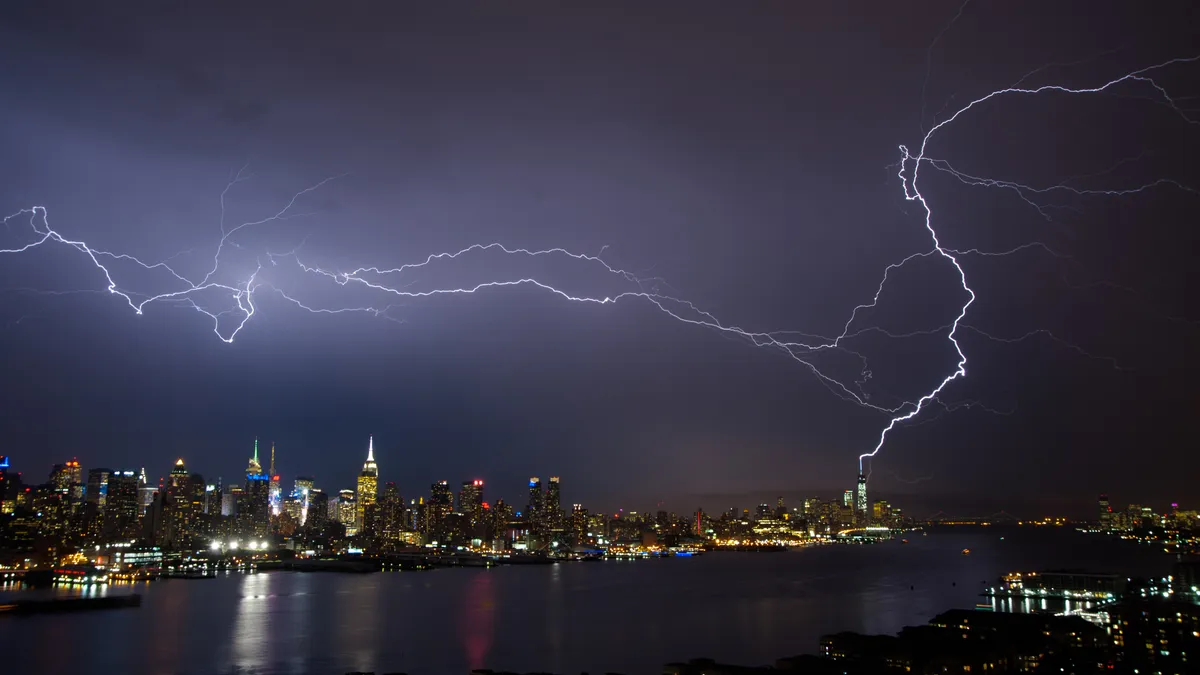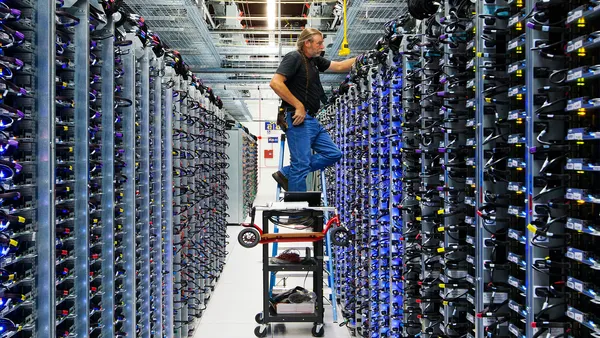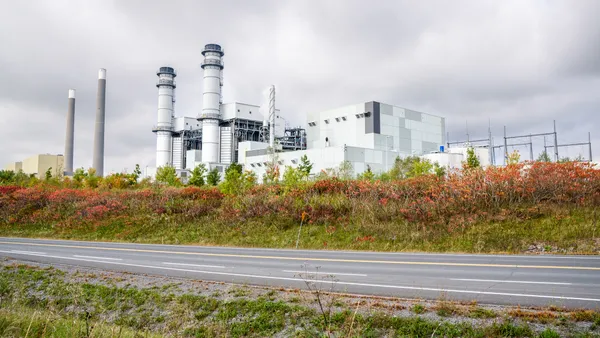Dive Brief:
- New York real-time prices spiked above $1,000/MWh on Monday in some areas as a severe heat wave settled over the state and a strong thunderstorm played havoc with the grid in New York City.
- About 14,000 Consolidated Edison customers lost power in the extreme weather, and it took the utility until the next day to restore power to everyone.
- The state has been looking for innovative ways to reduce demand on its grid, maintain reliability and pull more players into a more flexible market. There are many aims to the state's Reforming the Energy Vision proceeding, but among them would be to smooth out market price spikes when demand rises unexpectedly.
Dive Insight:
Amid a blistering heat wave and some strong weather, electricity prices in New York soared this week, exceeding $1,000/MWh in some spots.
According to Platts, New York ISO real-time prices went above $800/MWh on Monday afternoon, and Zone A West real-time prices soared in excess of $1,500/MWh.
Peak load was expected to be above 31,000 MW, likely above the month's other high-demand days.
More than 14,000 customers on Consolidated Edison's system lost power, but almost all had service restored the following day. The provider for most of New York City cited "sizzling weather and a thunderous rainstorm."
New York's ISO had issued a warning before the storm, Bloomberg reported, but after five days of a heat wave the city's backup generators were slow to react. “More local generation would help, but I think they’re running almost everything already," Genscape analyst Ben Chamberlain told the outlet.
That local generation, and other flexible and load-modifying resources, are a big part of New York's REV proceeding. The state is looking to create the utility system of the future, in part to bring on more renewable energy and lower emissions, but also to deal with rising peak demand that could send customer bills higher.
Beyond typical investments in infrastructure, New York wants to allow utilities to earn returns tied to achieving alternatives to traditional options, such as using customer PV and demand management to meet power needs instead of new central station capacity.
One of the most high-profile of these is Con Edison's Brooklyn Queens Demand Management project. The utility faces a 69 MW overload of feeders serving two substations by 2018, which would typically mean saddling ratepayers with $1 billion in investments.
Instead, ConEd's $200 million-plus proposal to the state regulators included 17 MW of infrastructure investment and 52 MW of demand side solutions on both the utility and customer sides of the meter. The utility will be rolling out the project through 2018.















